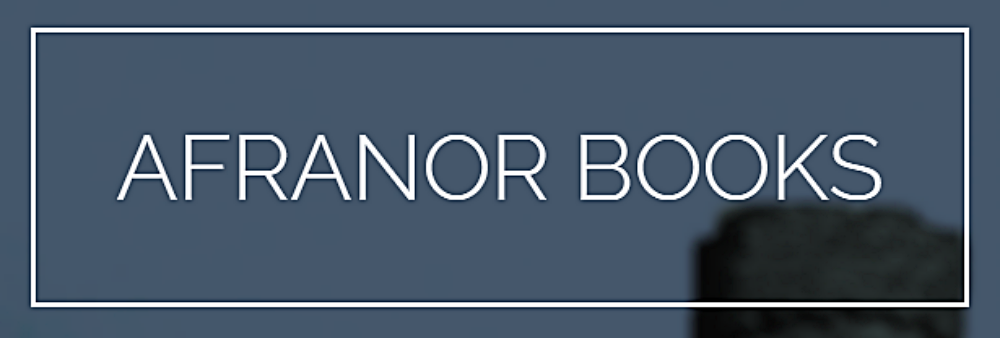Since I am all about consistency and tradition, let me now do the same for Septimus’s sequel, Last of the Tuath Dé. Embedded in this blog post is the original artwork that was provided for the book by the rather talented Tamlyn Zawalich, who also created the cover art for Septimus. I was delighted that she was willing and able to do the same for the new book. As I just recently said, I’m all about consistency and tradition. So you can see the two illustrations together, the original art for The Curse of Septimus Bridge is embedded in this blog post as well. Enjoy.
So what were my influences? Was it mainly Dark Shadows as was the case with Septimus? Well, there’s a bit of that, but this story doesn’t really do the Gothic schtick. There’s no old, mysterious house on a cliff with waves crashing on the rocks below. Well, at least except maybe for a page or two.
No, this time around my mind was infused with the creepy, otherworldly horror of H.P. Lovecraft. And now that I’ve mentioned him, let me just acknowledge that some people have been put off by Lovecraft because of certain things he wrote and certain beliefs he held. Fair enough, but the man is dead and buried, and in mentioning him, I only mean to honor the work that inspired me and which still exists—and not endorse everything said and done by a flawed man who is now dead and consigned to history.
On Last of the Tuath Dé’s dedication page, I acknowledge Lovecraft as well as his fellow early-twentieth-century pulp-fiction writer Robert E. Howard and also the immortal J.R.R. Tolkien, who is always in my head.
Who else is on the dedication page? The German guys behind the Netflix series Dark and French writer/photographer/filmmaker Chris Marker. I could have also included the many minds behind the venerable BBC series Doctor Who. Hmmm… what do all of those—and Dark Shadows for that matter—have in common? Well, if you’re familiar with them all, then probably something that comes to mind is time travel.
Does time travel exist in the Septimus/Tuath Dé world? The question was actually posed, though not answered, in Chapter 24 of The Curse of Septimus Bridge:
As the three rested and shivered on the pier, Kyle could not stop laughing. “That was the coolest thing that’s ever happened to me! How did you do that, Lola? Was it hard? How does it work? Can you teach me? That was amazing!”So is time travel real in this world? Spoiler alert: technically, no… but perhaps there are exceptions?
Maria was less impressed. “Would you have a trick up your sleeve for drying us off or warming us up, like?”
“Hey!” said Kyle. “Can you turn back time? That would be cool. What about time travel? Is that real? This is so unbelievably amazing.”
I’ve never been particularly interested in writing a time-travel story (though I obviously do love consuming ones created by others) because logic and coherence very quickly become trampled casualties unless you simply require readers to suspend disbelief and not ask too many questions. What does particularly intrigue me, though, is the way the aforementioned writers seriously attempt to deal with the logical—and emotional—consequences of time displacement.
By the way, if you want to see a good attempt at a complex but totally consistent time-travel movie (and on a shoestring budget), then Shane Carruth’s 2004 flick Primer is what you need. Its escalating paradox-on-conundrum narrative becomes mind-numbingly overwhelming.
Last of the Tuath Dé is not like that. I like to think it’s just a good old-fashioned adventure story with epic pretensions—and maybe with a bit of temporal inventiveness.
Oh yeah, and a really cool cover.







